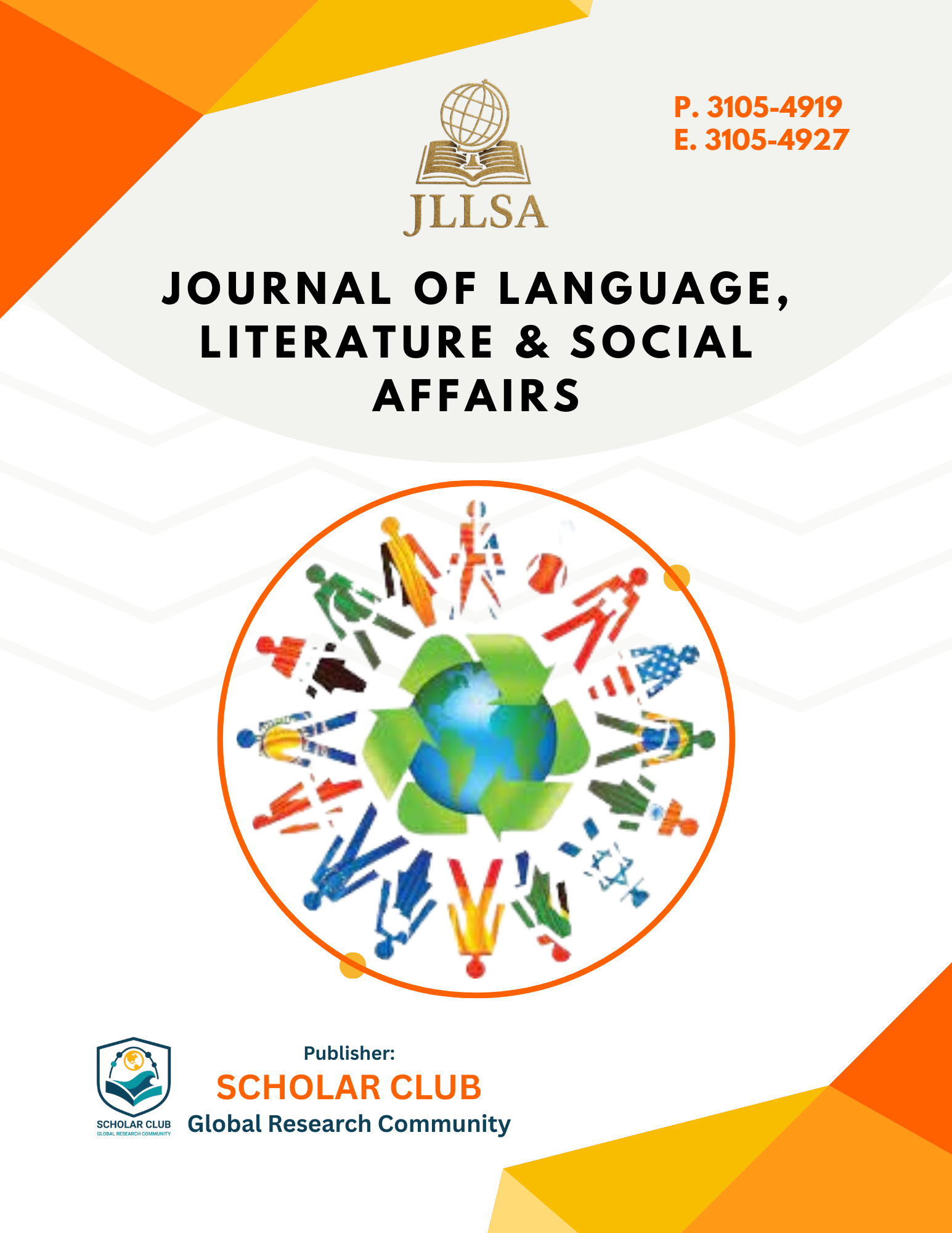Listening to the Unspoken: Sound, Silence, and Consciousness in The Ladybird
Keywords:
sounds, music, acoustic, Lady Bird (1923), psycho-acousticAbstract
Sound and silence are fundamental to human experience, shaping perception, emotion, memory, and interpersonal dynamics. In literature, auditory elements often function beyond mere description, influencing character psychology and narrative structure. This study applies a psychoacoustic lens to D. H. Lawrence’s The Ladybird (1923), examining how voice, silence, and soundscapes operate as psychological and emotional forces. Dionys’s musical and hypnotic voice, Basil’s controlled and rational speech, the hospital’s ambient noises, and the echoes of war collectively create a layered auditory environment that mediates desire, tension, and trauma. Silence is depicted to be as strong as sound, as it creates reflective spaces in which repressed emotions, moral conflict, and inner struggles break out. Auditory memory also transfers the traumatic experience, forms the sense of character and, tonal differences and rhythmic patterns determine impalement of power and influence relationships. In preempting these psychoacoustic factors, Lawrence converts the auditory perception into a structural and symbolic instrument, proving that sound and its lack is part of the depth of the psychological and thematic relevance of the novella. The paper concludes that The Ladybird is not just a story of human experience in wartime, but a philosophical interpretation of the role of sound as the mediator of desire, memory, power and the complex textures of human consciousness.
Downloads
Published
How to Cite
Issue
Section
License
Copyright (c) 2025 Syed Muzamal Abbas Shah, Nabila Mehsud, Palwasha

This work is licensed under a Creative Commons Attribution 4.0 International License.







